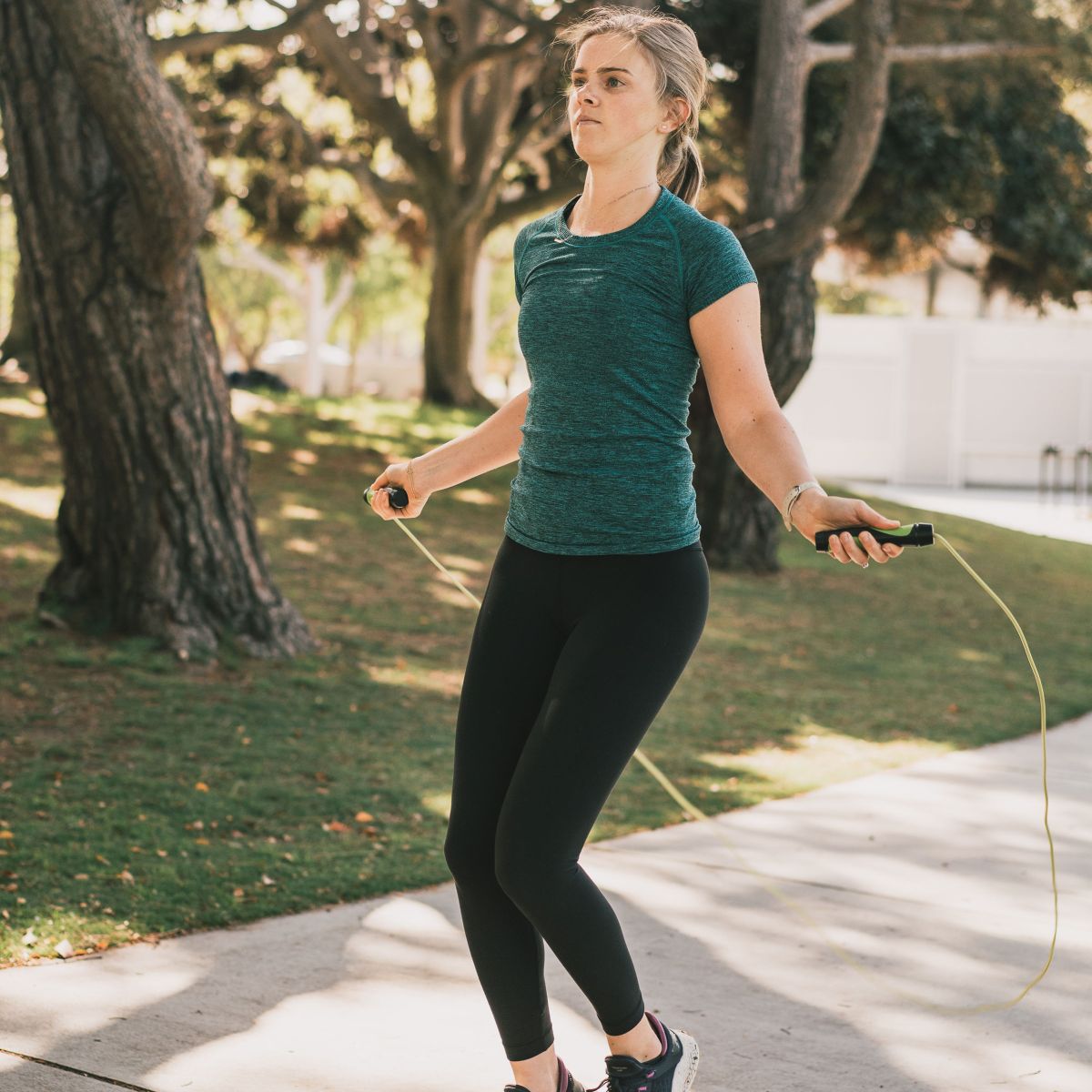
Many of us are familiar with the saying “you have to walk before you run.” However, this concept is often left behind in the postpartum recovery period. Maybe this is your first time and you just don’t know what to do, possibly your doctor already gave you the all clear to exercise, perhaps your mind is ready way before your body is physically ready, or you have other distractions (or kids) at home that put recovery on the back-burner.
But more often than not, mothers are not given a clearer guideline for recovery and healthcare becomes focused on baby rather than baby AND mom. Childbirth is not seen as a major injury and/or trauma that requires a significant rehab process to return to activity. There is nothing to be taken away from the incredible nature of the female human body to bring another life into the world, but that alone is all the more reason to treat the mother with respect and high-quality care to support herself and baby.
So what does postpartum recovery look like? Let’s go back to “you have to walk before you run.” It took 9+ months to carry baby, so it takes 9+ months to recover. The pelvic girdle, pelvic floor, abdomen and core, and many surrounding muscles go through immense changes during pregnancy. They stretch, alter to a different center of gravity, adjust to different postures, and carry such an additional load. Hormones swing in many different directions and cause things like blood pressure, heart rate, digestion, sleep, moods to swing with them. Some women have more difficulty exercising during pregnancy due to nausea, fatigue, pain, swelling, or life just being busy. Then childbirth involves those pelvic floor muscles stretching 3-4 times their length during vaginal delivery, or major abdominal surgery for cesarean delivery. Not to mention any tearing, instrument assistance, or other trauma that occurs. Because of these factors (and more), it isn’t as simple as “getting back” to everything after that 6 week check up.
The focus starts on rest and recovery, then building a foundation with the deep core and breath, gradually building walking endurance and activities around the house. After the initial stages, the focus shifts to adding more functional activity, progressing a strengthening program, and working towards running or other high impact activities. Imagine tearing your ACL and having surgery – you would go through months of rehab before and after surgery to walk and run again.
The stages of postpartum recovery:
0-6 weeks
- Rest and recover! Give your body the space to heal and let others help you as much as possible.
- Begin with breathing and core activation exercises in supported positions.
- Build walking tolerance and endurance, starting with walking around the house.
6-12 weeks
- Rehab! 6 week check up with provider is not a green light to return to all exercise. Work with a pelvic floor physical therapist to develop a rehab program for your goals.
- Progressively build strength training and compound movements, adding resistance/weights as tolerated.
- Goal of walking 30+ minutes and include hills or vary pace.
3-6 months
- Re-introduce! Play with exercise routine and returning to higher impact/intensity.
- Time to work on single leg strength and more impact tolerance.
- Avoid too much, too soon and modify exercise for any new or continuing symptoms – increase rest time, break up high intensity moves, use walk/run program, etc.
6+ months
- Strength and power! Keep working with load and a strengthening routine.
- Gradually increase frequency, duration, and intensity of workouts while remembering to build in rest or active recovery days. Change one variable at a time.
- Stick with a routine that is manageable, enjoyable, and supportive.
Now this list is meant to keep things simple. There is a whole lot more that goes into it, and that’s where you can turn to a professional to get more guidance. This list is meant to give you a gentle reminder to give your body time and space to heal after childbirth; you can get back to all the things you enjoy, and there is a process to do so. Remember every individual has unique experiences and contextual factors that will create a different recovery process. Now is not the time for comparison. But it is the time for healing, growth, and empowerment. Contact us today for a specific recovery plan built around your goals and lifestyle!


0 Comments